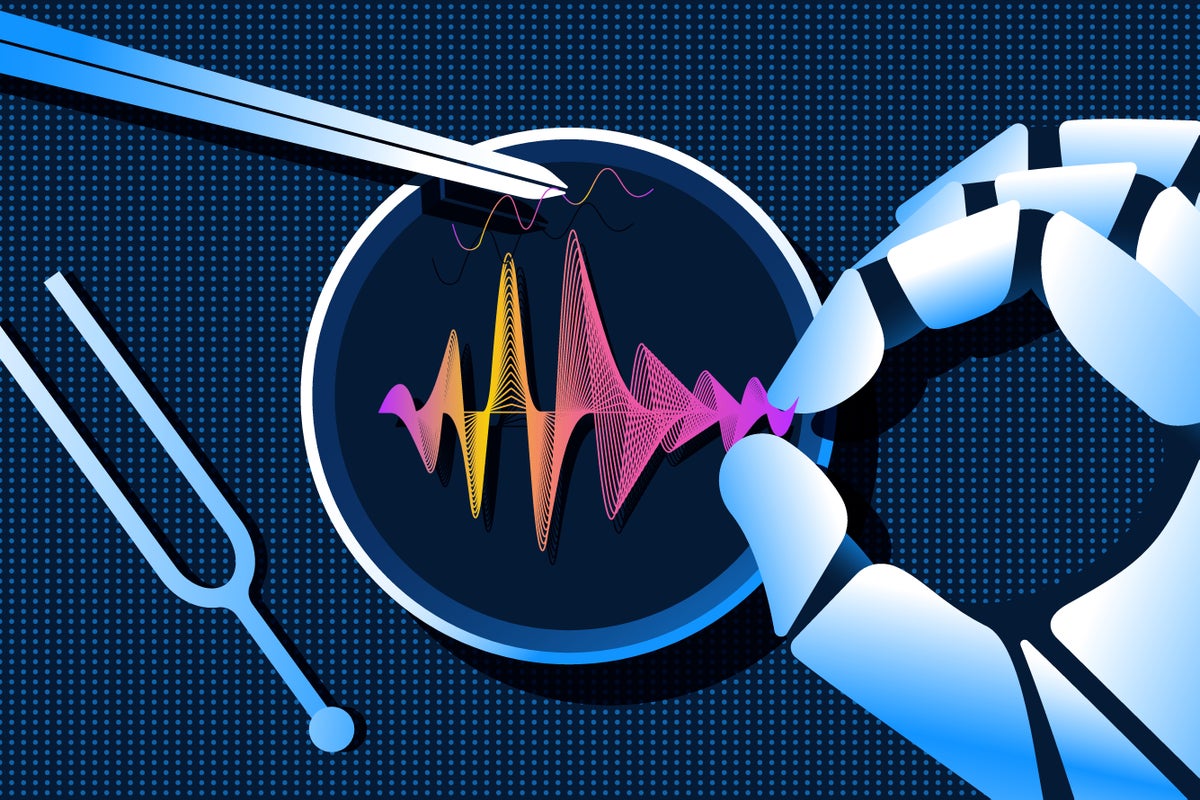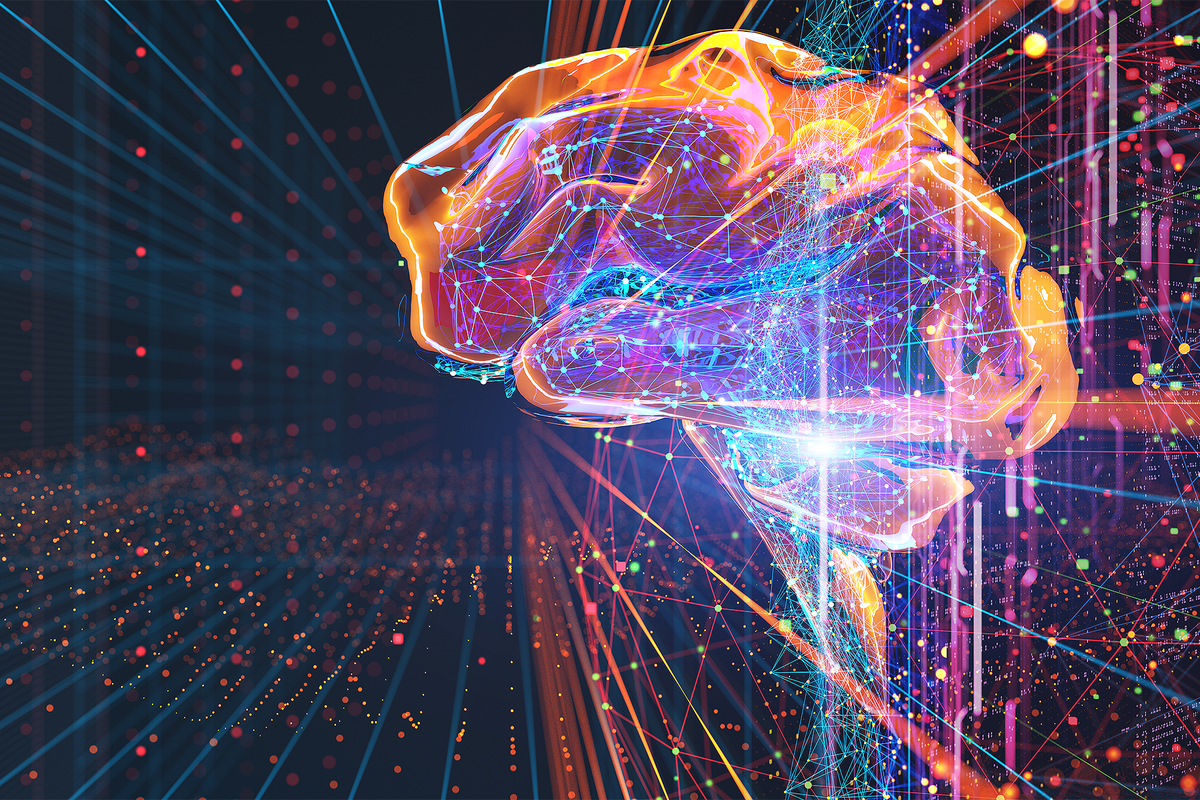Experts have long warned of a future where artificial intelligence makes it impossible to tell digital fact from fiction. Now that future is here. A recent case of a recording that sounds like a high school principal making racist comments shows the risk that widely available generative AI tools can pose and the difficulty of… Continue reading AI Audio Deepfakes Are Quickly Outpacing Detection
Category: Quantum Stuff
Cleaning Water Naturally the Ancient Maya Way
Water is life. That’s why we need to take care of it. Even plentiful water supplies are moot if they are undrinkable. Climate change, pollution and growing populations only add to the urgency of maintaining adequate water supplies and water quality for humanity. After doing archaeology for 35 years in Belize, focusing on the ancestral… Continue reading Cleaning Water Naturally the Ancient Maya Way
AI Survey Exaggerates Apocalyptic Risks
The headlines in early January didn’t mince words, and all were variations on one theme: researchers think there’s a 5 percent chance artificial intelligence could wipe out humanity. That was the sobering finding of a paper posted on the preprint server arXiv.org. In it, the authors reported the results of a survey of 2,778 researchers… Continue reading AI Survey Exaggerates Apocalyptic Risks
Researchers Approach New Speed Limit for Seminal Problem
The traveling salesperson problem is one of the oldest known computational questions. It asks for the ideal route through a certain list of cities, minimizing mileage. Despite seeming simple, the problem is notoriously difficult. While you can use brute force to check all the possible routes until you find the shortest path, such a strategy… Continue reading Researchers Approach New Speed Limit for Seminal Problem
Consciousness Is a Continuum, and Scientists Are Starting to Measure It
What does it mean to be conscious? People have been thinking and writing about this question for millennia. Yet many things about the conscious mind remain a mystery, including how to measure and assess it. What is a unit of consciousness? Are there different levels of consciousness? What happens to consciousness during sleep, coma and… Continue reading Consciousness Is a Continuum, and Scientists Are Starting to Measure It
Hospice Providers Must Be Better Regulated
February 1, 2024 4 min read Too many hospice providers in the U.S. are run by private equity and for-profit corporations. A lack of regulation allows them to provide abysmal end-of-life care By The Editors Everyone deserves a good death—a choice about how they spend their final days, a peaceful, pain-free exit. That is the… Continue reading Hospice Providers Must Be Better Regulated
How to Build an Origami Computer
In 1936, the British mathematician Alan Turing came up with an idea for a universal computer. It was a simple device: an infinite strip of tape covered in zeros and ones, together with a machine that could move back and forth along the tape, changing zeros to ones and vice versa according to some set… Continue reading How to Build an Origami Computer
Plants Find Light Using Gaps Between Their Cells
The wild Arabidopsis, like most plants, has air channels between its cells. These structures are like ventilation shafts woven around the sealed cellular compartments, and they are known to play important roles both in photosynthesis and in oxygenating cells. But the air channels of the mutant plant were flooded with water. The team tracked the… Continue reading Plants Find Light Using Gaps Between Their Cells
What Makes for ‘Good’ Mathematics?
We tend to think of mathematics as purely logical, but the teaching of math, its values, its usefulness and its workings are packed with nuance. So what is “good” mathematics? In 2007, the mathematician Terence Tao wrote an essay for the Bulletin of the American Mathematical Society that sought to answer this question. Today, as… Continue reading What Makes for ‘Good’ Mathematics?
In a ‘Dark Dimension,’ Physicists Search for Missing Matter
Since then, scientists have wrestled with one striking characteristic of lambda: Its estimated value of 10−122 in Planck units is “the smallest measured parameter in physics,” said Cumrun Vafa, a physicist at Harvard University. In 2022, while considering that almost unfathomable smallness with two members of his research team — Miguel Montero, now at Madrid’s… Continue reading In a ‘Dark Dimension,’ Physicists Search for Missing Matter




